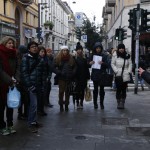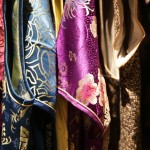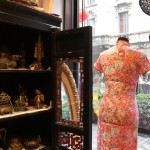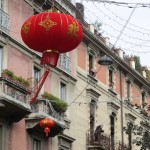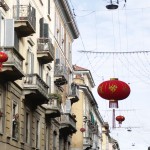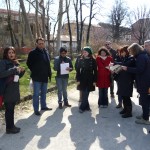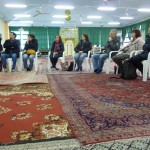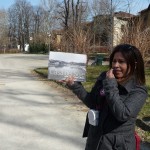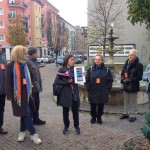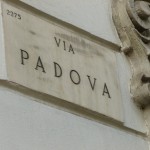A migrant tour in discovery of Milan
In its history, Milan has always been a city of immigration and an attractive centre for people and peoples from all over the world. If since the 1950s the city has been the destination of migration flows from southern Italy, today there are hundreds of different countries of origin that you can see walking through the city. It is precisely thanks to this push for demographic growth that Milan has considerably increased its extension, becoming an international metropolis. We could therefore say that Milan is such thanks to the migrants: the Italian ones of yesterday and the foreign ones of today! A growing population in a city is not only indicative of growth and development, but also of cultural wealth. Walking through some areas of Milan you are overwhelmed by the fusion of flavors, smells, sounds and faces, but all in a way familiar, because mixed with Milanese traditions. For this reason, Viaggi Solidali and the ACRA Foundation, with the collaboration of Mowgli, have decided to develop already in 2011, responsible tourism routes through three historical areas of Milanese migration: Via Padova, Via Paolo Sarpi and Porta Venezia.

